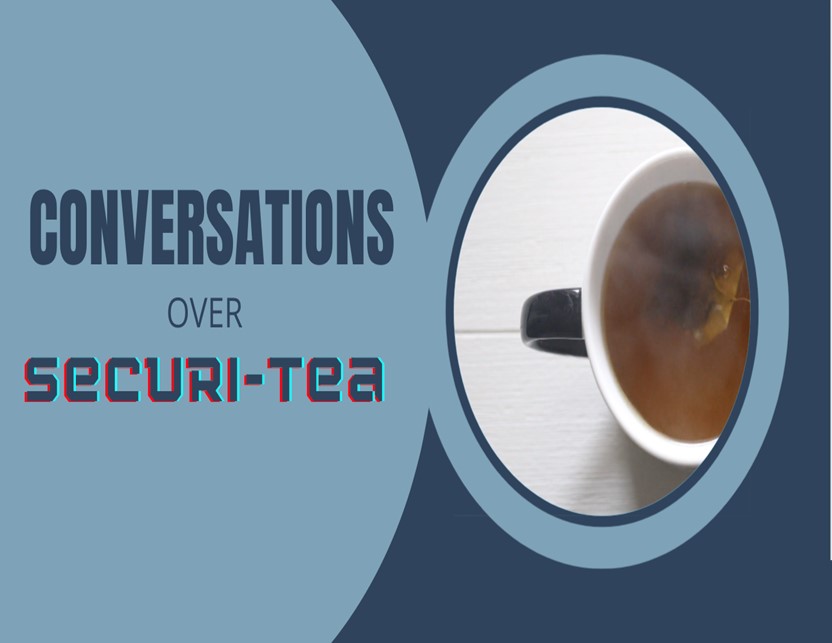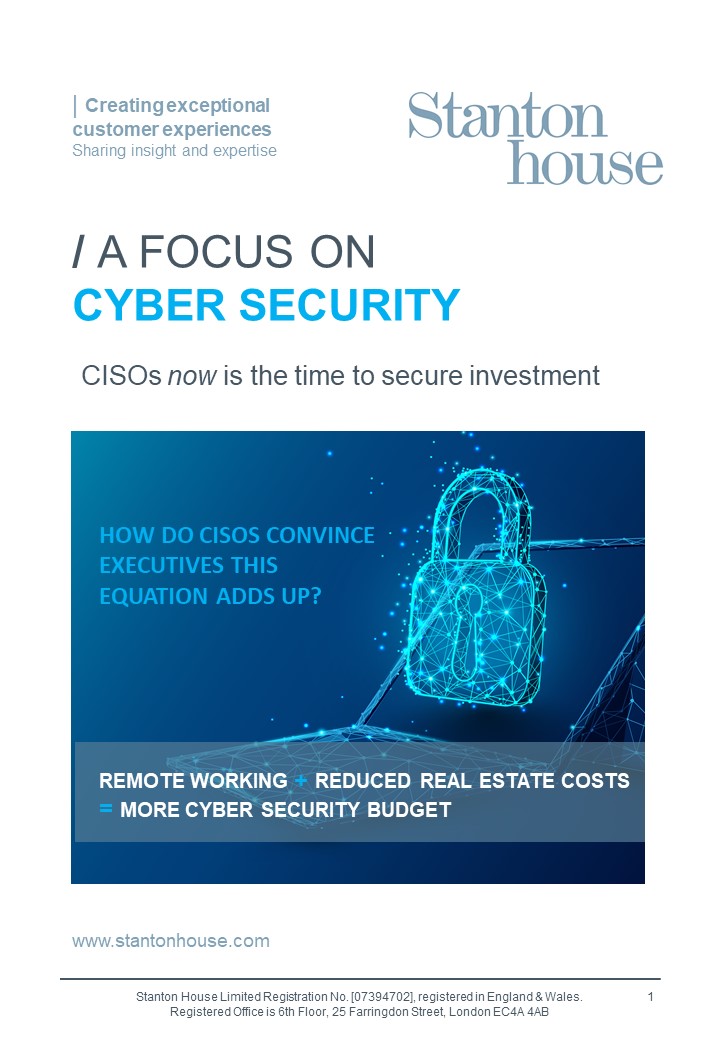

65% of people believe changing a company’s logo or product to feature rainbow colours during Pride Month is NOT impactful (from our recent poll of professionals on LinkedIn.)
Every year the commerciality of Pride Month seems to increase, with rainbow sandwiches, rainbow mouthwash and of course a flood of rainbow logos. Some have now started to coin this phenomenon ‘rainbow capitalism’ as companies are profiting socially and financially from the LGBTQIA+ products without needing to change any of their policies or make genuine contributions to the safety and flourishing of the LGBTQIA+ community. I think it’s great that people and organisations are happy to wave the pride flag and openly show their support, but like with many things, it’s all too easy for this to be performative.
It’s important to remember that it’s only been 30 years since homosexuality was removed from the World Health Organisation’s International Classification of Diseases and Related Health Problems list; therefore, a lot of LGBTQIA+ people today have grown up in the shadow of the stigma that this has caused.
When I was younger and struggling to come to terms with my sexuality, I can’t say that Coca-Cola or Sainsbury’s having a rainbow flag on their logo would have benefitted me in any way. However, others would argue that such a broad focus on Pride allows for more acceptance and normalization. The question on my mind is in what way does the corporate logo change contribute to a genuine and meaningful inclusion of the LGBTQIA+ community? In other words, how can you make sure your normal logo is associated with inclusivity and acceptance all year round, and not just in June.
At Stanton House, we have decided not to change our logo, as we don’t believe we’re there yet in terms of full LGBTQIA+ diversity and inclusion, and without feeling certain about that, a change of logo would simply be a performative and empty gesture.
We have been looking into ways to change this, some of our starting points are shared below:
1. Education – Through training, providing resources and creating an environment of openness people will start to work on removing their assumptions and biases and creating a more inclusive environment. For example, at Stanton House, we are holding an Empathy Series on LGBTQIA+ sharing insights, resources and the lived experiences of colleagues.
2. Use this education to be an ally – speak up when you hear something that isn’t inclusive or kind, even when LGBTQIA+ folk aren’t present. So much starts with words, so yes, misusing pronouns, using slurs or phrases such as “that’s so gay” really do feed into the bigger picture. Hold yourself and others to account on this.
3. Equality – When it comes to the LGBTQIA+ movement the focus is often on the G, however, the community extends beyond that. Make sure your efforts include the entire community.
4. Identity – The LGBTQIA+ community is a large community and identities are complex and intersectional, remember that everybody is different and has their own story. People must be allowed to choose their own labels. Not everybody may identify with the LGBTQIA+ community but instead, prefer to be recognized as Queer, or a Gay Man, don’t group people together without thought. Identity can change over time as well, respect this!
5. Intersectionality – It is important to recognize that individuals may be part of different minority groups and the experience of someone who is Black and Trans is very different to someone who is Male and Gay.
6. Policy – Review your current policies around parental leave, but also consider things such as having a unisex toilet.
7. Dress code – Having a flexible dress code is important so people can feel they can be themselves
8. Language – Use more inclusive language that doesn’t focus on the gender binary.
9. Awkward Questions - Don’t ask your LGBTQIA+ colleagues questions that you wouldn’t ask your straight colleagues!
- don’t ask if they want kids / how they would have kids if they wanted them
- don’t ask personal questions about intimacy – if you need to know, you can always google it!
- don’t ask about when they “knew”, as coming out can be quite traumatic for some LGBTQIA+ people and this question means that they might have to talk about that
- take their lead – if they are happy sharing this information with you, they will in the right context.
10. Normalize pronouns – Having pronouns on your social media profiles and in your signatures is an easy way to promote more inclusion and signals to everybody that you will respect their gender identity and their pronouns. And remember, pronouns are not just He or She, they go beyond the gender binary.
11. Society – the community deals with different challenges coming from our society, be educated on what goes on outside the company and understand that this may affect members of the community in different ways.
Ultimately, the world has a long way to go before LGBTQIA+ people feel properly included. For me and a lot of LGBTQIA+ people what would make a more tangible difference in our lived experience outside of the office would be things like proper access to advice and education from a younger age as well as better representation in the media, and sports and entertainment spheres.
Importantly though, companies can do their bit by ensuring consistency in their policies, recruitment procedures and the willingness and commitment to diversity training, amongst other things. Just remember, a rainbow without actions doesn’t equal ally.
Similar blogs




